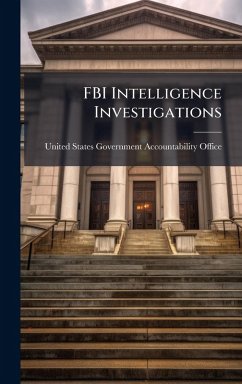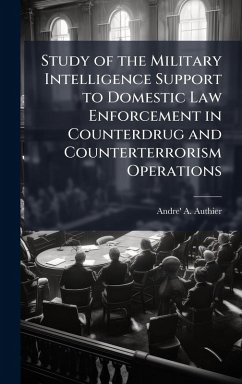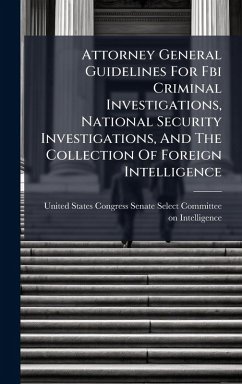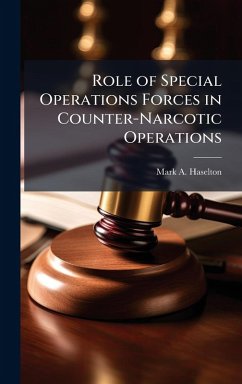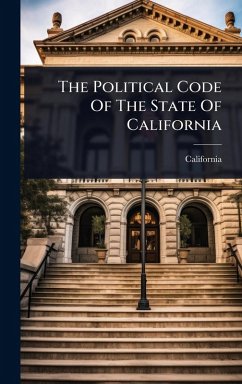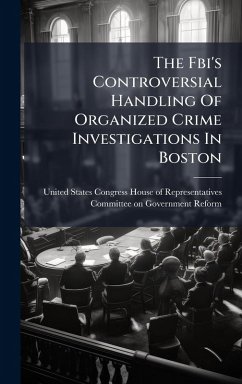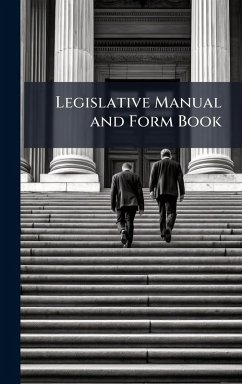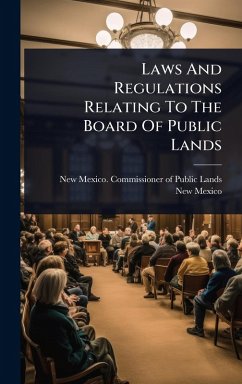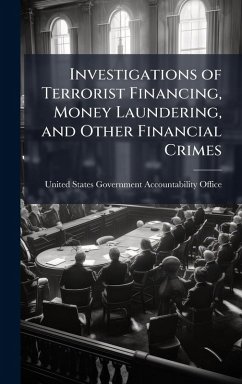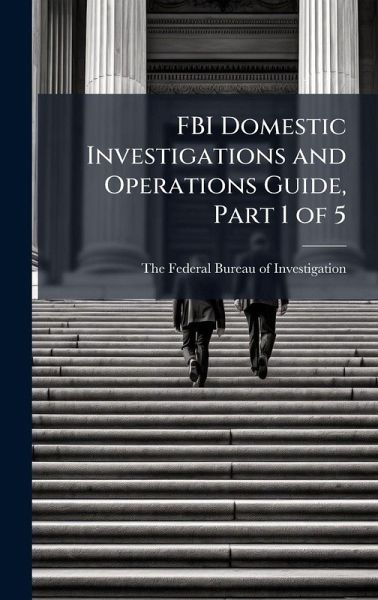
FBI Domestic Investigations and Operations Guide, Part 1 of 5
Versandkostenfrei!
Versandfertig in über 4 Wochen
25,99 €
inkl. MwSt.

PAYBACK Punkte
13 °P sammeln!
The FBI's Domestic Investigations and Operations Guide (DIOG) was revised and updated based on comments and feedback received since the original DIOG was issued on December 16, 2008. This new version was approved by Director Mueller on October 15, 2011. The changes primarily clarify and enhance the definitions of terms and procedures used in the original DIOG. Each change has been carefully looked at and considered against the backdrop of the tools our employees need to accomplish their mission, the possible risks associated with the use of those tools, and the controls that are in place. The ...
The FBI's Domestic Investigations and Operations Guide (DIOG) was revised and updated based on comments and feedback received since the original DIOG was issued on December 16, 2008. This new version was approved by Director Mueller on October 15, 2011. The changes primarily clarify and enhance the definitions of terms and procedures used in the original DIOG. Each change has been carefully looked at and considered against the backdrop of the tools our employees need to accomplish their mission, the possible risks associated with the use of those tools, and the controls that are in place. The DIOG was first issued to help implement the new Attorney General's Guidelines for Domestic FBI Operations that were issued earlier that year. Those guidelines had reconciled a number of previously separate guidelines, the first of which had been issued in 1976. A redacted version of this manual was released and posted to the FBI's FOIA website in early 2011 along with some training materials used in briefing FBI personnel on Section 4 of that manual. The second edition of the DIOG was released on October 15, 2011. A redacted version of this revised edition was released on 11/07/2011 and posted to the FBI's electronic reading room, The Vault on 11/07/2011. Some information in these documents may have been redacted for security purposes. This work has been selected by scholars as being culturally important, and is part of the knowledge base of civilization as we know it. This work was reproduced from the original artifact, and remains as true to the original work as possible. Therefore, you will see the original copyright references, library stamps (as most of these works have been housed in our most important libraries around the world), and other notations in the work. This work is in the public domain in the United States of America, and possibly other nations. Within the United States, you may freely copy and distribute this work, as no entity (individual or corporate) has a copyright on the body of the work. As a reproduction of a historical artifact, this work may contain missing or blurred pages, poor pictures, errant marks, etc. Scholars believe, and we concur, that this work is important enough to be preserved, reproduced, and made generally available to the public. We appreciate your support of the preservation process, and thank you for being an important part of keeping this knowledge alive and relevant.



